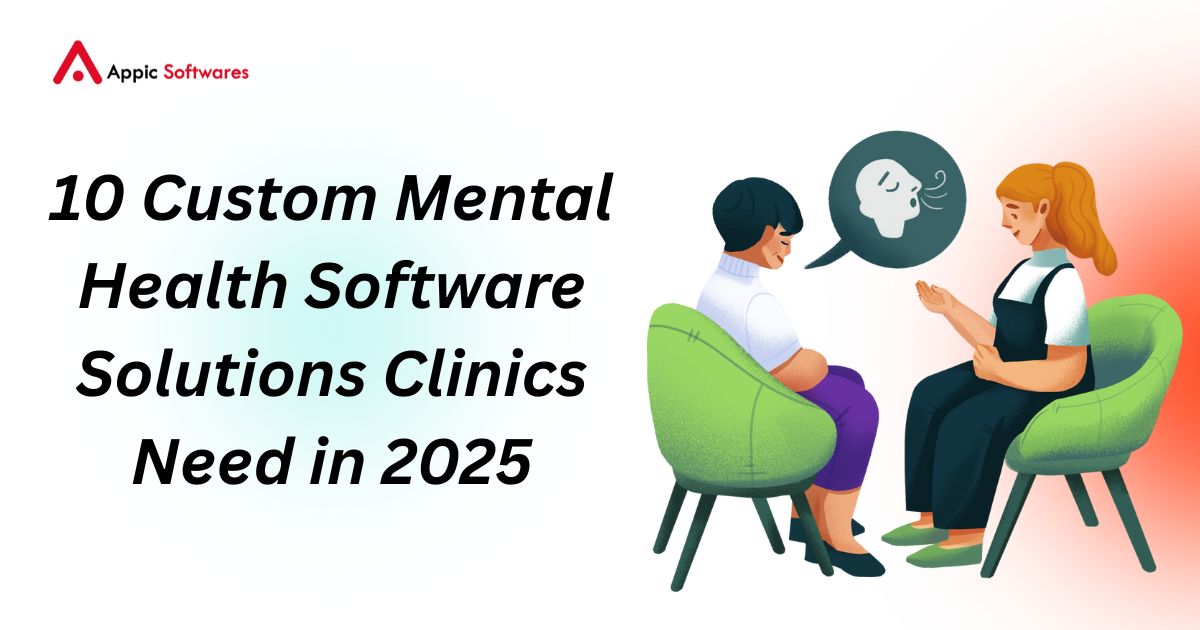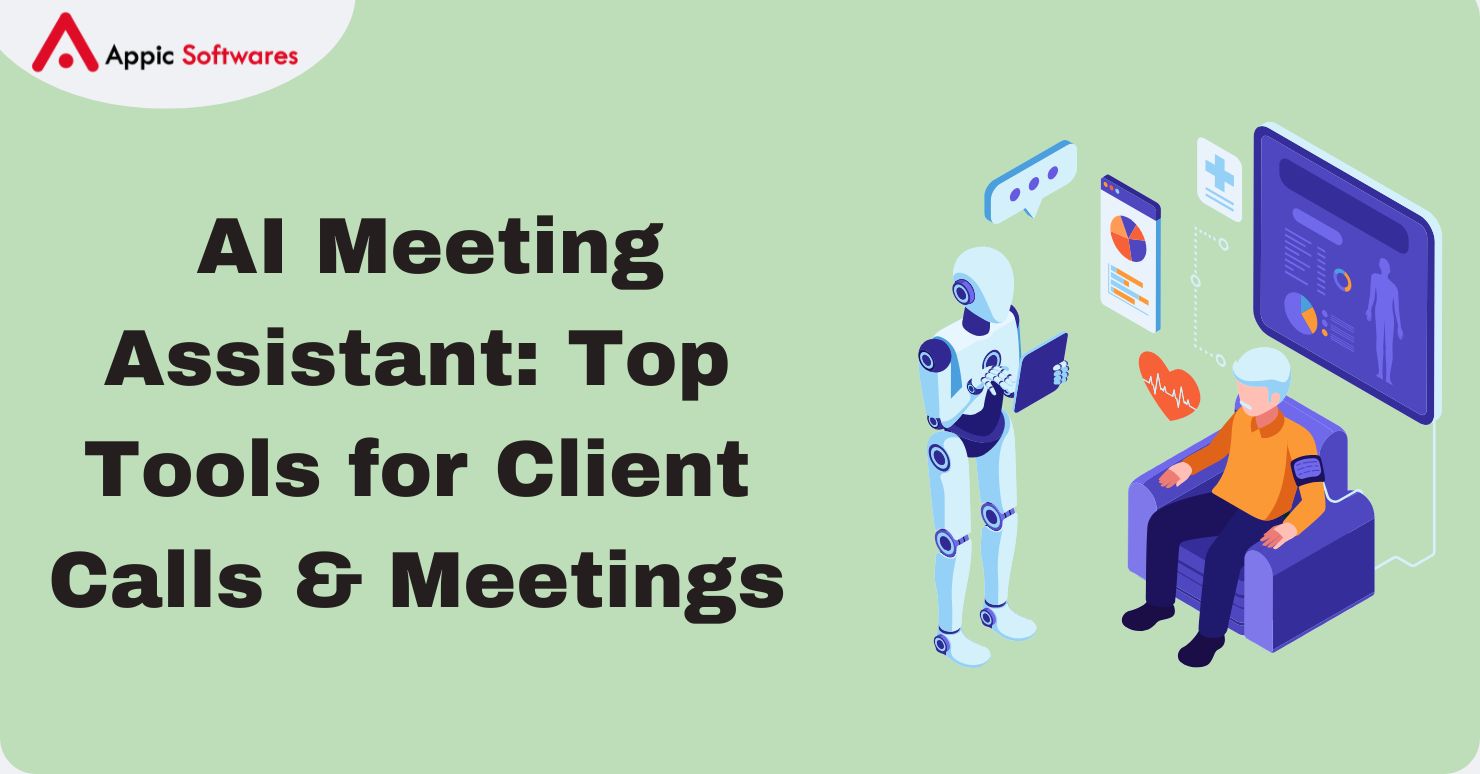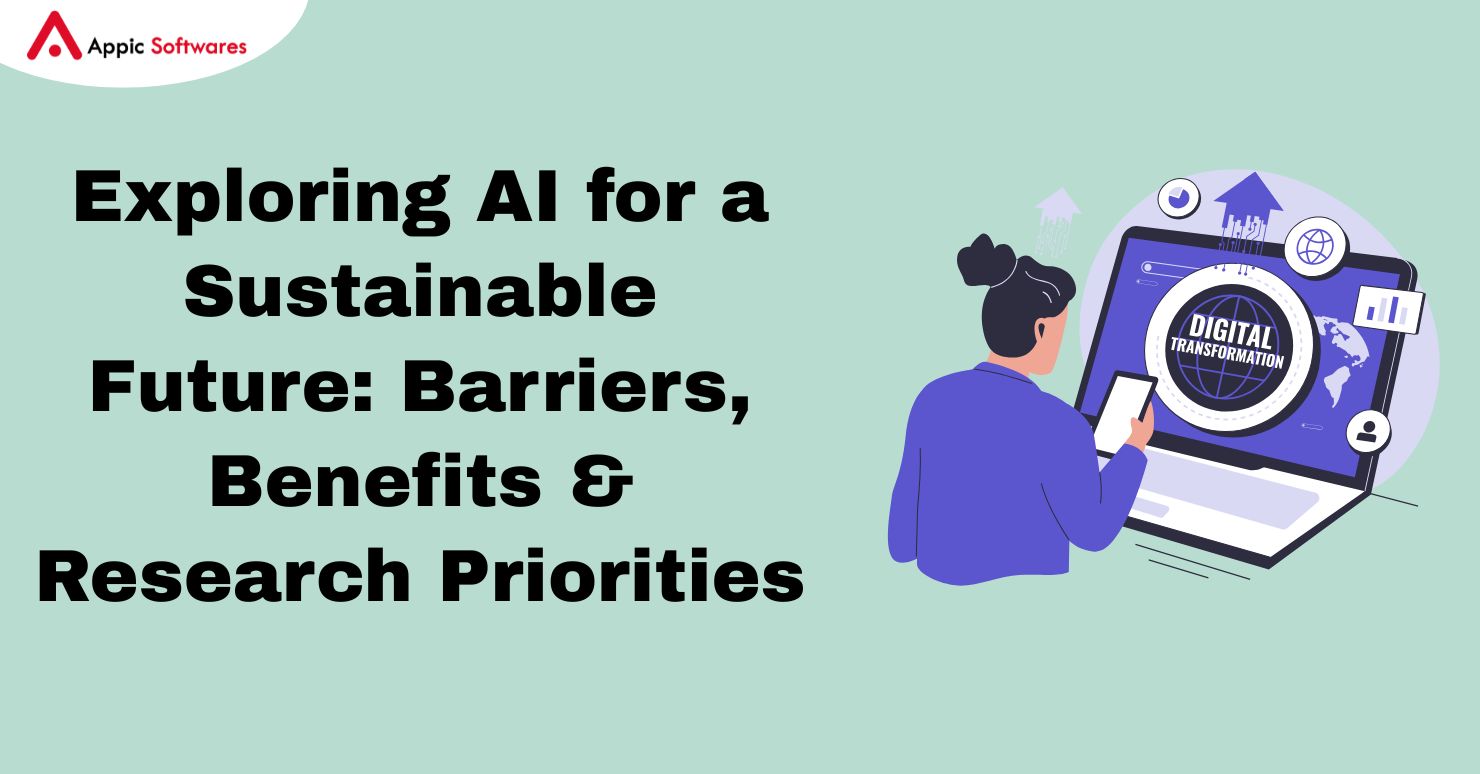
Artificial intelligence isn’t just a thought anymore; it’s real. This technology is valuable, and people are using it to influence policies in business, research, and government. One of its main goals is to improve the world. AI can help you spot weather patterns, use resources more wisely, protect biodiversity, and help create systems that are better for the planet. Things are getting better, but there are still issues that need to be fixed.
This article talks about how AI and sustainability are related. It talks about the genuine benefits of AI, the issues with using it, and the research goals that need to be reached in order to make a real difference.
It also covers important connected trends such as AI hiring vs traditional hiring, strategies to build an MVP and raise funds for sustainability projects, goal-based AI agents, and the role of generative AI in fintech for climate finance.
The Role of AI in Achieving Environmental Sustainability
AI as a Catalyst for Change
AI needs a lot of data to work well, and environmental research gets huge amounts of data from satellites, IoT devices, drones, and monitoring stations. AI models can find early symptoms of damage to the ecosystem, model how different parts of the climate interact with one other, and suggest the best ways to fix the problems.
Example: AI in Renewable Energy Forecasting
In 2024, Google DeepMind collaborated with the UK’s National Grid ESO to predict wind power generation up to 48 hours in advance. This AI system improved forecast accuracy by over 30%, enabling better integration of renewable energy into the grid and reducing reliance on fossil-fuel backup plants.
Bonus read: Complete cost to create a BNPL app
Benefits of Artificial Intelligence and Sustainability Integration
Improved Monitoring and Detection
AI can spot changes in land usage, forest cover, and water quality much faster than people can. Algorithms that can recognize images from satellites and drones can find unlawful mining, cutting down trees, and garbage in the water.
For example, Forest Watch AI
Global Forest Watch uses machine learning to find deforestation in the Amazon in near real-time by processing satellite data from NASA and ESA. In 2023, the tool stopped illegal removal of more than 1,200 square kilometers by letting local governments and NGOs know within days instead of months.
Better use of energy and resources
Optimization algorithms can help businesses, transportation, and buildings use less energy. AI-powered systems learn from how people use them and change how they work to save energy without hurting performance.
For example, Japan is working on smart grid optimization.
Tokyo Electric Power Company used AI-powered grid management to automatically match supply and demand. This system added extra solar and wind power in 2023, which lowered CO₂ emissions by 1.2 million tonnes in just one year.
Predictive Capabilities for Climate Events
Climate modeling has always been data-heavy, but AI now speeds up simulation processes and improves accuracy in predicting extreme events.
Example: Flood Prediction in India
The Indian Institute of Technology, Roorkee, developed an AI system for flood prediction in Assam and Bihar. In 2023, it provided a seven-day lead time for severe floods, enabling evacuation and protecting infrastructure worth millions.
You may like reading: AI in healthtech: use cases, future trends and more
Barriers to AI Adoption in Sustainability
Data Limitations and Quality Issues
AI models require large volumes of clean, representative data. Many regions, especially in developing countries, lack the infrastructure for collecting high-quality environmental datasets.
Example: Air Quality Data Gaps in Africa
As of 2023, only 17 African nations had real-time air quality monitoring stations. This leaves significant blind spots in AI models forecasting pollution and its health impacts.
High Computational Costs
Training large AI models consumes huge amounts of electricity. Without renewable power sources, this can offset the environmental benefits AI aims to deliver.
Example: Carbon Cost of AI Training
Research from the University of Massachusetts Amherst shows training a single large NLP model can emit more than 626,000 pounds of CO₂, equivalent to the lifetime emissions of five average cars.
Model Transparency and Trust Issues
AI’s “black box” nature makes it difficult for decision-makers to trust recommendations, especially when environmental stakes are high.
Example: Fisheries Management in Norway
An AI tool suggested catch limits based on ocean temperature and fish population data, but regulators rejected it because it lacked transparent reasoning, despite its statistical accuracy.
Hirings in Sustainability Projects
Differences in Skill Requirements
AI hiring focuses on technical expertise, machine learning engineers, data scientists, and AI ethicists, while traditional hiring prioritizes environmental scientists, policy specialists, and conservation managers.
Example: The Interdisciplinary Gap
A 2024 UNEP report revealed only 14% of AI-driven sustainability projects had balanced teams with both technical AI experts and domain-specific environmental professionals.
Building Balanced Teams
For impactful environmental AI projects, interdisciplinary teams are essential. Combining AI engineers with field experts ensures both technological capability and ecological accuracy.
Example: Coral Reef Monitoring in Australia
The Australian Institute of Marine Science combined marine biologists with AI engineers to monitor coral bleaching. AI analysis sped up detection by 90% compared to traditional surveys.
Read more: AI hiring vs traditional hiring
Building an MVP and Raising Funds for AI Sustainability Solutions
Step-by-Step MVP Development
A good MVP starts with a clear environmental problem, uses existing datasets, and keeps costs down by using open-source AI tools.
For example, AI for Waste Sorting MVP
A firm in Berlin built an AI system that uses YOLOv5 object identification to sort trash. It cost less than €20,000 to build and had a 93% sorting accuracy rate. It also got €500,000 in seed funding.
Ways to Raise Money
Environmental AI businesses can talk to impact investors, climate funds, and public grant programs. Strong MVP outcomes with measurable advantages for the environment make it more likely that you will get funding.
Example: A startup that uses AI to save water
In 2023, Spout AI, which is based in the US, raised $3.2 million after showing that their MVP cut farm water use by 25%, which helped with the drought in California.
Blockchain Use Cases in Sustainability
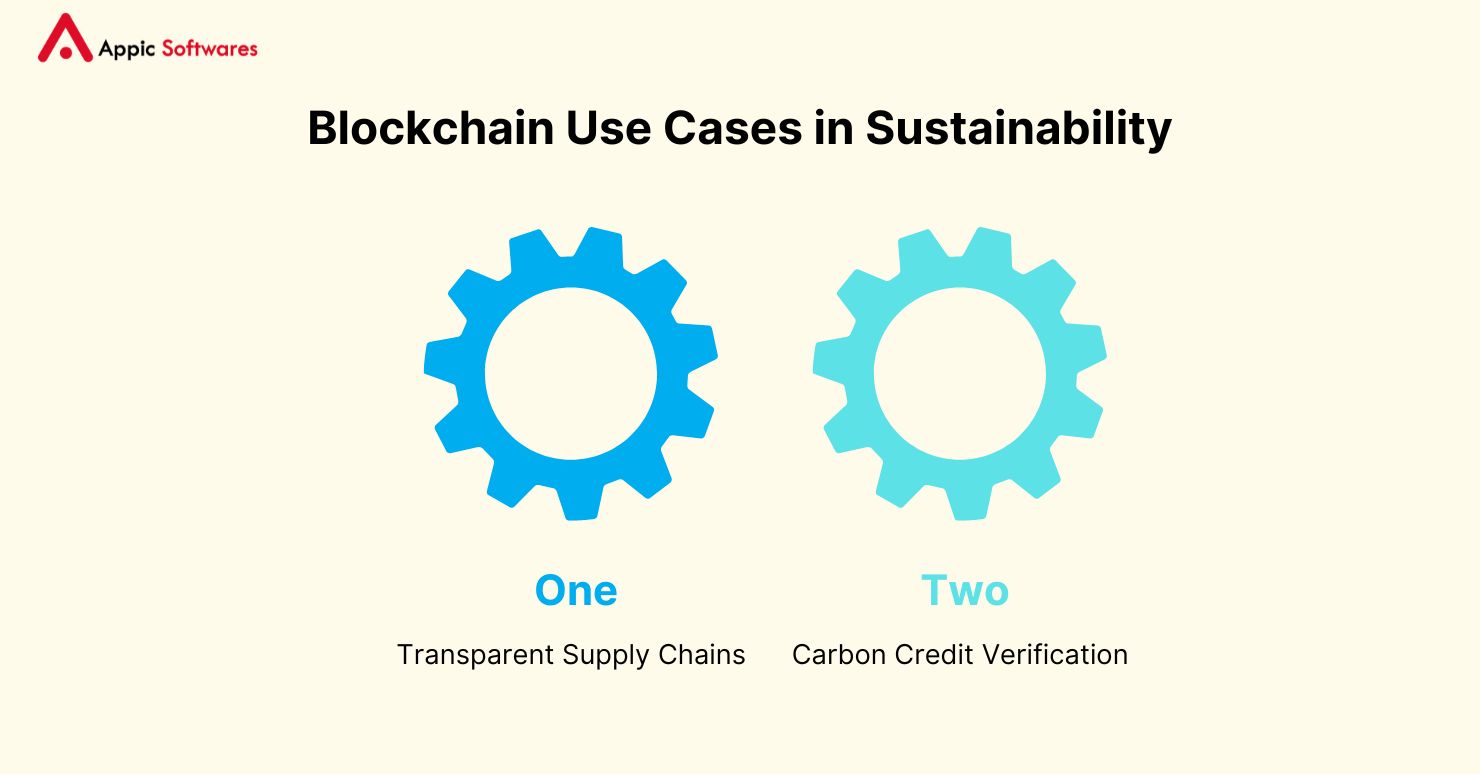
Transparent Supply Chains
Blockchain provides an immutable record of a product’s journey, ensuring ethical sourcing and reducing fraud.
Example: Coffee Supply Verification in Ethiopia
Bext360 uses blockchain to certify coffee origin and sustainability, giving farmers proof for premium pricing and helping consumers verify ethical sourcing.
Carbon Credit Verification
Blockchain reduces the risk of fraudulent carbon credits by maintaining transparent, traceable records.
Example: Toucan Protocol
Toucan tokenizes verified carbon credits on low-energy blockchain networks, making them easily tradable and verifiable worldwide.
Goal-Based AI Agents in Sustainability 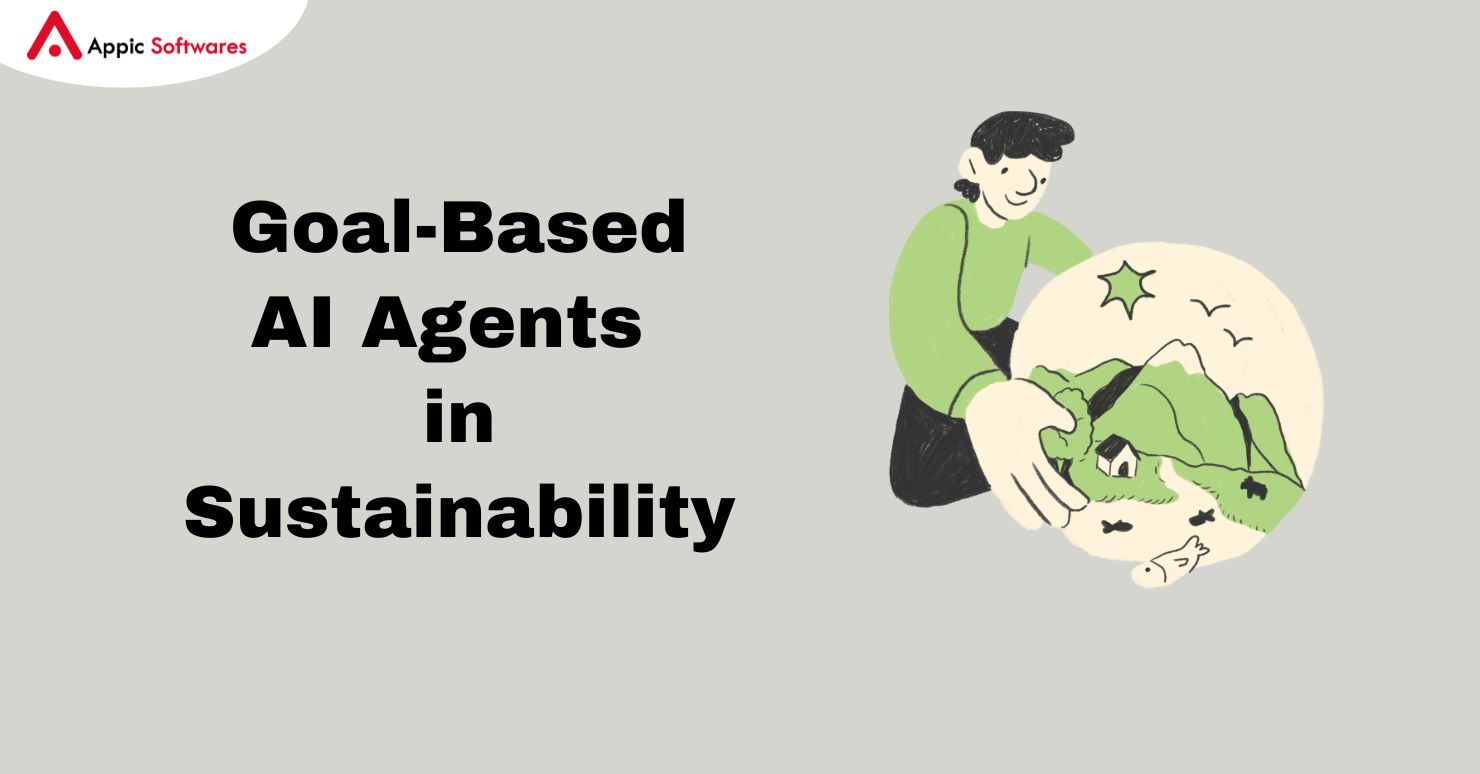
How They Work
Goal-based AI agents continuously adapt their strategies to achieve specific sustainability objectives, such as reducing emissions or improving water efficiency.
Example: Microgrid Energy Balancing in Kenya
A goal-based AI agent manages a solar microgrid in rural Kenya, automatically adjusting energy distribution to meet real-time demand while preventing overuse.
Environmental Artificial Intelligence: Reducing AI’s Carbon Footprint
Energy-Efficient AI Models
New AI architectures focus on reducing computational demand without losing accuracy.
Example: Google TPUs for Climate Models
Google’s TPUs, used for climate modeling, run on 90% renewable energy, significantly cutting emissions from AI training.
Research Priorities for AI and Environmental Sustainability
Data Infrastructure Development
Governments and NGOs must invest in standardized, open-access environmental datasets to improve AI model training and validation.
Explainable and Trustworthy AI
AI models must provide clear, understandable outputs to gain policy-level trust and adoption.
Low-Energy AI Training
Research into green AI methods, such as model compression and federated learning, will reduce the technology’s carbon footprint.
Interdisciplinary Collaboration
Linking AI engineering with climate science, economics, and sociology ensures sustainable solutions are both technically sound and socially acceptable.
Future Outlook: Combining AI with Emerging Technologies
AI + IoT + Blockchain
Combining AI with IoT sensors for data collection and blockchain for data integrity creates powerful, transparent environmental management systems.
Example: Smart Agriculture in the Netherlands
IoT sensors monitor soil health, AI predicts irrigation needs, and blockchain records crop lifecycle, ensuring both efficiency and traceability for exports.
Generative AI in Fintech for Sustainability
Generative AI can design green financial products, automate ESG reporting, and simulate investment outcomes.
Example: HSBC’s Climate Finance AI
In 2024, HSBC used a generative AI tool to design climate-linked loans, channeling $1.4 billion into sustainable projects within a year.
Conclusion
AI can change both itself and how we protect the environment. Goal-based AI agents can now run microgrids, and blockchain can be used to prove carbon. This suggests that technology is poised to help with environmental issues. But there are still challenges, such not having enough AI hiring skills compared to regular hiring, not having enough datasets, and having to pay a lot for processing power.
It’s clear what needs to be done: invest in open data, AI that consumes less energy, systems that can be explained, and collaboration between diverse professions. If it generates good MVPs, gets the proper money, and works toward sustainability goals, AI can be one of the best tools in the fight for a greener, more sustainable world.
Are you ready to use AI to help you reach your sustainability goals? At Appic Softwares, we focus on creating cutting-edge AI-powered solutions that help organizations make the most of their resources, cut down on waste, and have a measurable positive effect on the environment. Our staff can make your ideas a reality, whether you want to keep track of how much energy you use, automate waste management, or make sustainability reports based on data. Let’s work together to make the future greener, smarter, and more sustainable.
Get in touch with us today to begin your path to success in AI-powered sustainability.
FAQs
1. How can AI in sustainability help fight climate change?
AI is changing industries by helping people make better choices, automating tasks, and making the best use of resources. For instance, in manufacturing, AI can figure out when machines need to be serviced, which cuts down on wasted energy and avoids downtime that isn’t necessary. Farmers can use less water and fertilizer while getting more crops from AI-driven data. This technology makes operations more efficient while also having less of an effect on the earth.
2. Does it cost a lot to use AI in sustainability?
AI systems may have high start-up costs, but they often save money over time by using less energy, reducing waste, and running more efficiently. Smart waste management solutions like ZenRobotics use AI-powered robots to sort recyclables better. Some businesses, like DeepMind, hope that wind power will help make the system more stable when it comes to green energy. AI in sustainability isn’t just a theory; these new developments show that it is really having an effect.
3. Can people use AI to help with sustainability?
Yes! AI can be used in everyday apps to help people save energy at home, keep track of their carbon footprints, and make decisions that are better for the environment. Today, a lot of AI tools are available as SaaS (Software as a Service), which means that companies can pay each month instead of spending a lot of money all at once. Working with AI companies that care about the environment, like Appic Softwares, can also help you get custom solutions that don’t break the bank.






